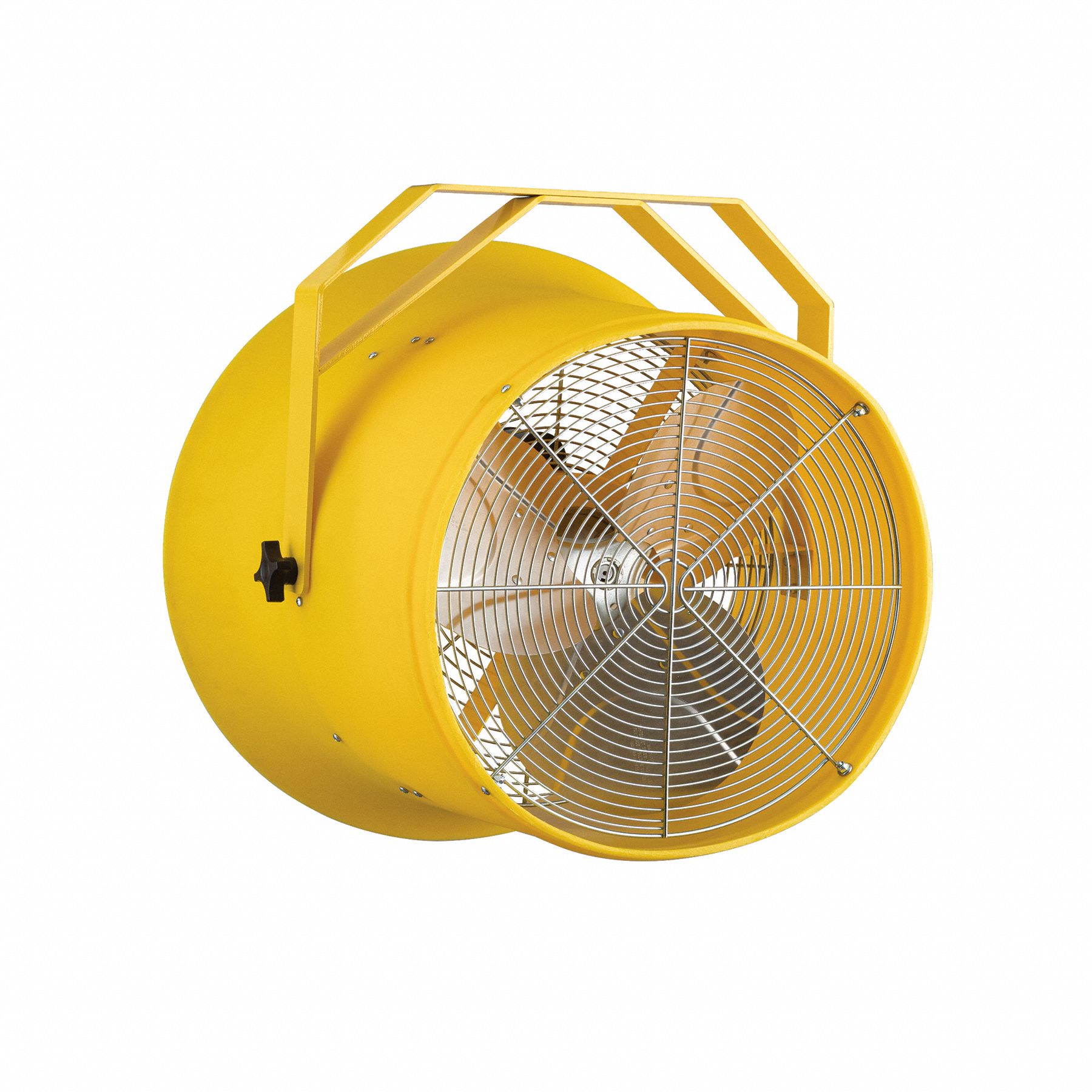Key Features of High Output Bathroom Fans
Bathroom fans are an essential part of any bathroom, and they play a vital role in keeping your bathroom free of moisture and odors. High output bathroom fans are a great option for bathrooms that are large or have a lot of moisture, as they can quickly and efficiently remove moisture from the air.
Listen up, my fellow bathroom enthusiasts! I know what you’re thinking: “Radit, why are you talking about high output bathroom fans when I’m here for NBA Youngboy wallpapers?” Well, hold your horses there, young buck. A high output bathroom fan is like the MVP of your bathroom, keeping it fresh and funk-free.
And just like NBA Youngboy’s lyrics, it’s all about the flow. So, check out this sick NBA Youngboy wallpaper while you’re at it. Now, back to our bathroom fan discussion…
Benefits of High Airflow Capacity, High output bathroom fan
The most important thing to consider when choosing a bathroom fan is the airflow capacity. Airflow capacity is measured in cubic feet per minute (CFM), and it indicates how much air the fan can move in one minute. The higher the CFM, the more powerful the fan and the more air it can move.
High output bathroom fans are great for clearing out steam and odors quickly, but did you know there are specific codes for venting them? Yep, it’s true. The bathroom exhaust fan venting code ensures your fan is properly installed and vented to the outside, so it can do its job effectively.
So, before you install that new high output bathroom fan, make sure you check the code first.
For a small bathroom, a fan with a CFM of 50 to 100 will be sufficient. For a medium-sized bathroom, a fan with a CFM of 100 to 150 will be a good choice. And for a large bathroom, a fan with a CFM of 150 or more will be necessary.
Noise Levels
Another important consideration when choosing a bathroom fan is the noise level. Bathroom fans can be quite noisy, so it is important to choose one that is not too loud. The noise level of a bathroom fan is measured in sones. The lower the sone rating, the quieter the fan.
Most bathroom fans have a sone rating of 2 to 4. A fan with a sone rating of 2 is considered to be very quiet, while a fan with a sone rating of 4 is considered to be quite noisy.
Types of High Output Bathroom Fans

Choosing the right high output bathroom fan is crucial for effectively removing moisture and odors from your bathroom. Different types of fans are available, each with its own advantages and disadvantages.
Ceiling-Mounted Fans
- Advantages: Unobtrusive design, efficient air circulation, and can be installed in bathrooms with low ceilings.
- Disadvantages: May not be suitable for bathrooms with high ceilings, and installation can be more complex.
Wall-Mounted Fans
- Advantages: Easy to install, relatively inexpensive, and can be placed in specific areas of the bathroom.
- Disadvantages: Can be noisy, and may not be as effective in larger bathrooms.
Inline Fans
- Advantages: Extremely quiet, can be installed in attics or crawl spaces, and are suitable for bathrooms with complex ductwork.
- Disadvantages: Installation can be more complex and require professional assistance.
To select the appropriate fan for your bathroom, consider the size of the room, the ceiling height, and the noise level you’re comfortable with. If you have a large bathroom with high ceilings, a ceiling-mounted fan may be the best choice. For smaller bathrooms or those with low ceilings, a wall-mounted fan might be more suitable. Inline fans are ideal for bathrooms with complex ductwork or where noise is a concern.
Installation and Maintenance of High Output Bathroom Fans

Installing and maintaining a high output bathroom fan is essential for ensuring proper ventilation and optimal performance. Here’s a detailed guide to help you get it right.
Before starting, gather the necessary tools and materials, including a fan, mounting bracket, screws, wire nuts, ductwork, and a caulking gun.
Installation
1. Choose the Right Location:
- Position the fan in the center of the ceiling or wall, at least 6 inches away from any light fixtures or obstructions.
- Ensure the fan is close to the shower or tub for maximum effectiveness.
2. Install the Mounting Bracket:
- Hold the mounting bracket in place and mark the screw holes.
- Drill pilot holes and secure the bracket with screws.
3. Wire the Fan:
- Connect the fan wires to the appropriate wires in the electrical box using wire nuts.
- Follow the wiring diagram provided with the fan.
4. Install the Fan:
- Hang the fan on the mounting bracket and secure it with screws.
- Apply a bead of caulk around the edges of the fan to seal any gaps.
5. Connect the Ductwork:
- Attach the ductwork to the fan and run it to the nearest exterior wall.
- Use duct tape to secure all connections.
Maintenance
Regular maintenance is crucial for keeping your high output bathroom fan functioning properly.
1. Clean the Fan:
- Remove the fan cover and wipe down the blades with a damp cloth.
- Use a vacuum cleaner to remove any dust or debris from the fan housing.
2. Lubricate the Motor:
- Apply a few drops of light machine oil to the motor bearings.
- This will help reduce friction and extend the life of the fan.
3. Check the Ductwork:
- Inspect the ductwork for any leaks or obstructions.
- Clean or replace the ductwork as needed.
